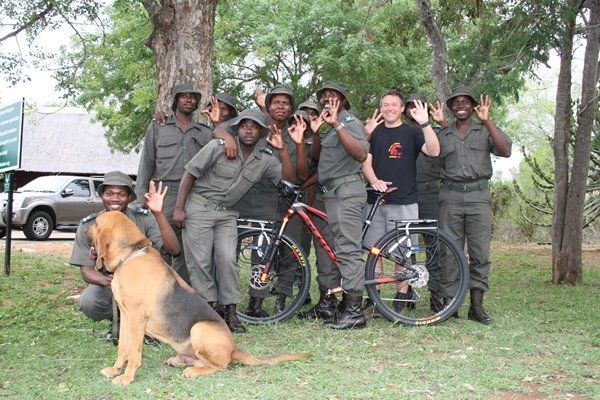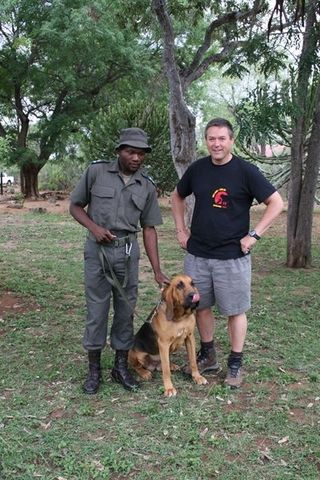
Fundraising
Let's do our part in contributing to our natural heritage
how and where can i make a difference?
Educate yourself and challenge yourself to find a way to get involved.
"We need to move from caring to doing
with a greater sense of urgency!"
#Olli
areas where we can get involved or give support through fund raising
PROTECTED ENVIRONMENTS
Ensuring that suitable habitats are maintained to increase the rhino populations in protected Parks are equipped to sustain and have the necessary infrastructure to protect their rhino, including APUs (Anti Poaching Units), included anti-poaching units, drones, dehorning, relocation of herds, and even anti-poaching dogs
RESEARCH AND MONITORING
Intensive management, monitoring and protection of rhino populations in the wild and in breeding programmes. Maintaining accurate stats, data, samples and being current so that the situation doesn’t ever spiral out of control s that extinction becomes inevitable.
RANGER SUPPORT
Ensuring our Rangers are well-equipped, trained and remunerated. Replacing a job with a vocation and inspiring them with passion for conservation and understanding of the vital role that they play in protecting this heritage. Acknowledging their challenges and the danger that many face and ensuring they are equipped for such a role.
ANTI POACHING INITIATIVES
We should actively support all Anti Poaching activities
Training of APUs (Anti-Poaching Units)
Centres where individuals are professionally trained as organised units that can supply and support Reserves, offering a collaborative support to regions where Forensics and information gathered can be used with discretion to infiltrate and stop poaching syndicates.
COMMUNITY OWNERSHIP
Educating communities living on the borders of parks importance and benefits of conservation and eco-tourism on them and protecting them from the infiltration of those who would encourage them to turn to the crime of poaching.
DEMAND REDUCTION CAMPAIGNS
Locally and in Asia:
Helping locals to understand that in helping criminals to steal they are not only also stealing but are plundering the heritage of their children.
Debunking the myth that rhino horn has any useful value as believed by consumers in Asian countries.
Vietnam and China are the biggest consumers of rhino horn believing that it has medicinal value. In Vietnam, rhino horn is worth $100,000 per kilogram, as it is believed that it can cure cancer. In fact, consuming the horn would be the equivalent of eating our finger nails since both are made of keratin and have no medicinal value at all.
ACKNOWLEDING AND SUPPORTING INITIATIVES THAT PROACTIVELY WORK TO PROTECT OUR WILDLIFE
There are many unsung heroes in Wildlife Conservation. Such organisations or individuals should be validated and supported as they work on our behalf to make a difference.
MAKING OUR VOICES HEARD
Speaking out and keeping pressure on government and the international community to enforce wildlife crime laws and accountability in bringing perpetrators to justice.
RESPONSIBLE CITIZENSHIP
Challenging ordinary citizens to take responsibility, to be accountable, to be active in refusing to accept that they cannot make a difference. Recognising that ordinary people can do extraordinary things.
VOLUNTEERING
Giving of your time and efforts to volunteer at reputable and recognised organisationse eg: Care for Wild Africa, SANParks Honorary Rangers etc.
EDUCATION
Raising up generations who from a young age are taught and inspired so that they understand and believe in the importance of conservation and recognise that they have an integral role to play
anti poaching canines

Training dogs and handlers and supplying parks with such resources on an ongoing basis.
It has been proven in KNP that the introduction of trained anti-poaching dogs has made a marked difference in the fight against poaching.
These dogs are used for various reasons including tracking human scent, sniffing in the detection of firearms or contraband such as rhino horn. In threatening situations the dogs are also trained to attack threats and protect their handlers. Different types of dogs are used for different purposes. For example sniffer dogs are usually Labradors, Belgian Malinois, Spaniels and German Shepherds while Bloodhounds are the champions of tracking including invaluable cold scent tracking.
Killer, a Belgian Malinois, is well known for successfully tracking poachers in the Kruger National Park leading to over 100 arrests.
As mentioned, Bloodhounds are known as the champions of tracking due to the fact that they are more sensitive having the most olfactory receptors (scent detecting cells) in the canine family – 300 million. The droopy ears and folds of skin don’t just make them endearing but also help to collect the scent. These dogs are also very focused and their physical characteristics, strong neck and shoulder muscles, assist them with tirelessly keeping their noses to the ground over long distances. Bloodhounds also have great dispositions making them very easy to train and work with. What is especially beneficial with bloodhounds is that they can also be trained as ‘cold scent’ tracker dogs, where they are able to pick up the scent of poachers days after the poaching incident has occurred. The significance and value of this characteristic speaks for itself especially considering that poached rhinos are often only found days after the poaching has occurred. The Bloodhounds will track the scent until it is necessary to bring in other dogs to pursue the poachers.
Partners of the 'celebrating Women in conservation' campaign









environmental crime hotline 0800 205 005 or the SAPS number 10111
Report any suspicious activities around wildlife!











